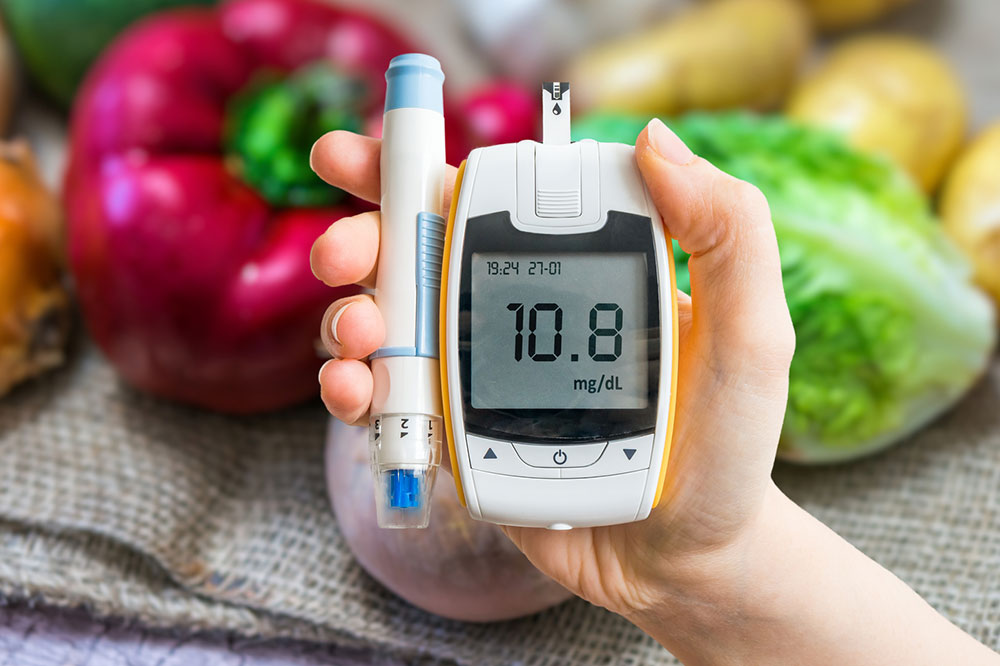Diabetes – Symptoms, causes, and risk factors
Diabetes is a condition that develops due to high sugar levels in the blood. Insulin, a hormone in the body, helps the sugar in the blood to be transported to different cells of the body. These cells either utilize this sugar for energy or store it for future use. However, in this condition, the body either fails to produce sufficient insulin or is unable to use the insulin that it makes.
Symptoms
Some common signs of diabetes (type 1 and type 2) include:
- Weight loss
- Blurry vision
- Fatigue
- Excessive hunger or thirst
- Excessive urination
- Sores, which do not heal easily
Men-centric symptoms
- Erectile dysfunction
- Low libido
- Muscle strength reduces
Women-centric symptoms
- Yeast infections
- Urinary Tract Infection (UTI)
- Itchy or dry skin
Gestational diabetes
Usually, a lot of women who suffer from gestational diabetes do not showcase any symptoms.

Causes
The cause of diabetes is often dependent upon its type.
- Type 1
There is no certainty of the exact cause of this form of diabetes. However, what happens is that the immune system tends to attack and further destroy the beta cells, which are responsible for producing insulin in the pancreas. A virus or genes might also play a role in triggering the attack.
- Type 2
This type usually occurs due to a combination of poor lifestyle choices and genetics. Being overweight also increases the risk of this type of diabetes. The condition is genetic and passes on from one generation to the other.
- Gestational diabetes
This type of diabetes mostly occurs because of the hormonal changes that take place during pregnancy. During the pregnancy period, the placenta releases hormones, which might make the cells less sensitive to the effects of insulin. This can lead to diabetes during pregnancy. Usually, women who are on the heavier side or put on a lot of weight during this phase of life are at a higher risk of developing gestational diabetes.
Risk factors
Type 1
Teenagers and children are at a higher risk of developing type 1 diabetes. Moreover, if you have or had a sibling or a parent with this disease, then the risk is higher.
Type 2
Usually, the risk of type 2 diabetes is higher in people who:
- Are physically inactive
- Are over 45 years of age
- Are obese
- Have a sibling or parent with type 2 diabetes
- Have the problem of prediabetes
- Had gestational diabetes
- Have high triglycerides
- Have high cholesterol
- Have high blood pressure
Gestational diabetes
Usually, the risk of gestational diabetes is higher in people who:
- Are aged 25 or above
- Are obese
- Gave birth to a heavier baby weighing over 9 pounds
- Have a type 2 diabetes family history
- Had gestational diabetes in the previous pregnancy
- Have the medical condition of Polycystic Ovary Syndrome PCOS
Furthermore, your pre-existing medical conditions, environment, and lifestyle have a massive effect on your chances of getting diabetes.

